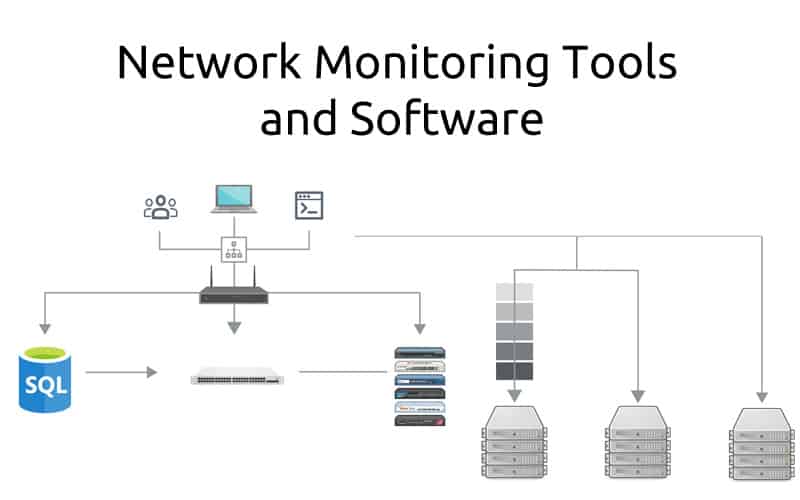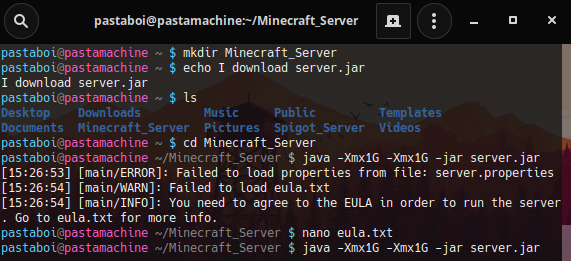
- #Mac os x uses the network connection tool for configuring modems and other network connections. software#
- #Mac os x uses the network connection tool for configuring modems and other network connections. mac#
- #Mac os x uses the network connection tool for configuring modems and other network connections. windows#
UP TO SPEED: 802 Dot Whatever: Better Every Year Wireless Macs in the house can get online by triggering the base station to dial by remote control. The base station is plugged into a phone jack. A few, proud people still get online by dialing via modem, which is built into some old AirPort base station models. Click it to see what’s on it.įrom here, proceed exactly as described on “Accessing Shared Files”.Ī modem. If you’ve shared some folders on the first Mac, its name (like “Casey’s iMac”) now appears in the Sidebar of the second Mac. On the second Mac, choose →Join Network, enter the same private network name, and then click Join.Īt this point, your two Macs belong to the same ad hoc micronetwork. Make up a name for your little private network, and then click OK. (You don’t need to use an Ethernet crossover cable, as you did in days of old.) To set up a wireless connection, from your menulet, choose Create Network. To set up the wired connection, just run a standard Ethernet cable between the Ethernet jacks of the two Macs. You can create an Ethernet connection without a hub or a router-or an AirPort connection without a Wi-Fi base station. In a pinch, you can connect two Macs without any real network at all. GEM IN THE ROUGH Networking Without the Network
#Mac os x uses the network connection tool for configuring modems and other network connections. software#
(With all due non-fanboyism, however, Apple’s base stations and software are more polished and satisfying to use.) You can plug the base station into an Ethernet router or hub, thus permitting 10 or 20 wireless-equipped computers, including Macs, to join an existing Ethernet network without wiring. Linksys, Belkin, and lots of other companies make less expensive Wi-Fi base stations. This Apple gizmo is exactly the same as the AirPort base station, except that it also contains a huge hard drive so that it can back up your Macs automatically over the wired or wireless network.Ī wireless broadband router. All of them have USB ports to connect printers, and you can also hook up an external hard drive to the AirPort Extreme.Ī Time Capsule. Apple’s sleek, white, squarish base stations ($100 to $200) come in two flavors, Express and Extreme, and permit as many as 50 computers to connect simultaneously. The base station can take any of these forms:ĪirPort base station. That box must in turn be physically connected to a network and internet connection.
#Mac os x uses the network connection tool for configuring modems and other network connections. windows#
It lets you connect to your network and the internet wirelessly, as long as you’re within about 150 feet of a base station or (as Windows people call it) an access point.
#Mac os x uses the network connection tool for configuring modems and other network connections. mac#
When you’re in a Wi-Fi hotspot, your Mac has a very fast connection to the internet, as though it were connected to a cable modem or DSL.Įvery Mac has Wi-Fi circuitry. It’s the technology that lets laptops get online at high speed in any Wi-Fi “hotspot.” Hotspots are everywhere these days: in homes, offices, coffee shops, hotels, airports, and thousands of other places. Wi-Fi, known to the geeks as 802.11, means wireless networking. This chapter also explores various advanced methods of manipulating your Mac from the road, including remote access technologies like FTP, SSH, and virtual private networking (VPN).


It’s the next best thing to being there-often, a lot better than being there. You can troubleshoot, fiddle with settings, and so on. You can seize control of the other Mac’s mouse and keyboard. In macOS, you can even do screen sharing, which means that you, the wise computer whiz, can see what’s on the screen of your pathetic, floundering relative or buddy elsewhere on the network. You can connect to the network from wherever you are in the world, using the internet as the world’s longest extension cord back to your office. You can share a single printer or cable modem among all the Macs in the office. Everyone on the network can consult the same database or calendar, or listen to the same music collection. You can send little messages to other people’s screens. Once you’ve got a home or office network, you can copy files from one machine to another-even between Windows PCs and Macs-just as you’d drag files between folders on your own Mac.


 0 kommentar(er)
0 kommentar(er)
